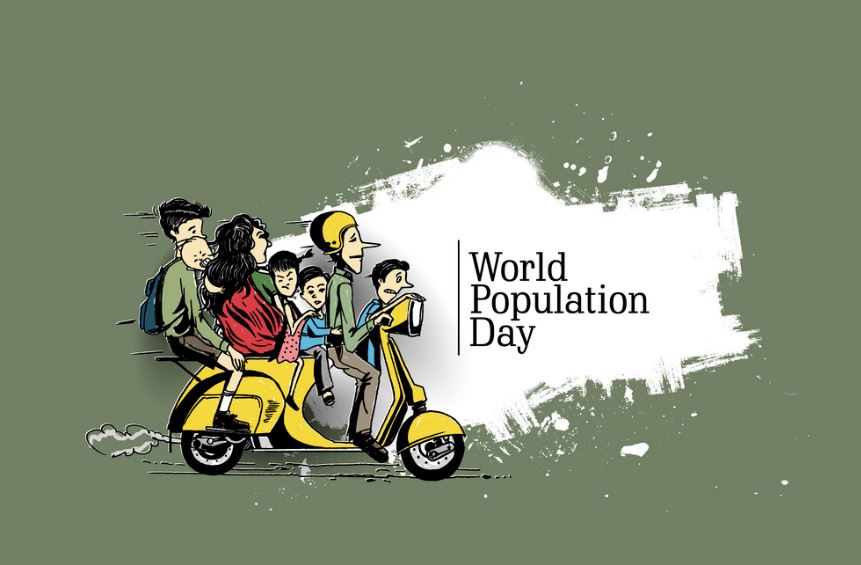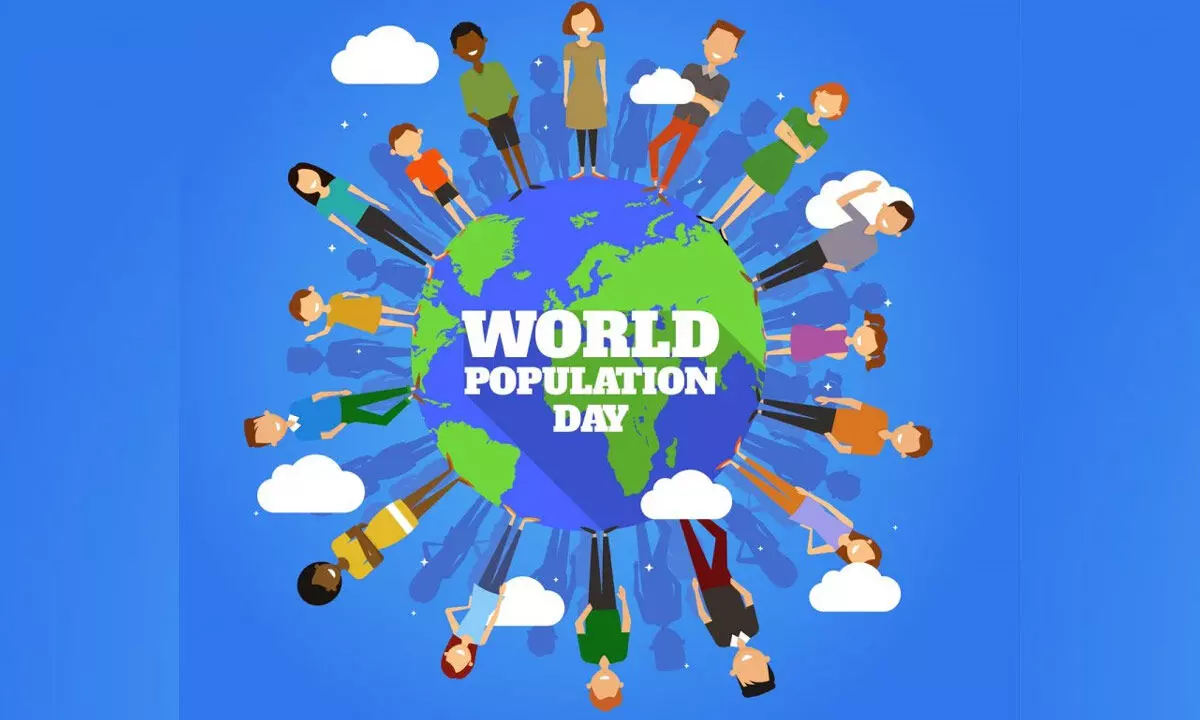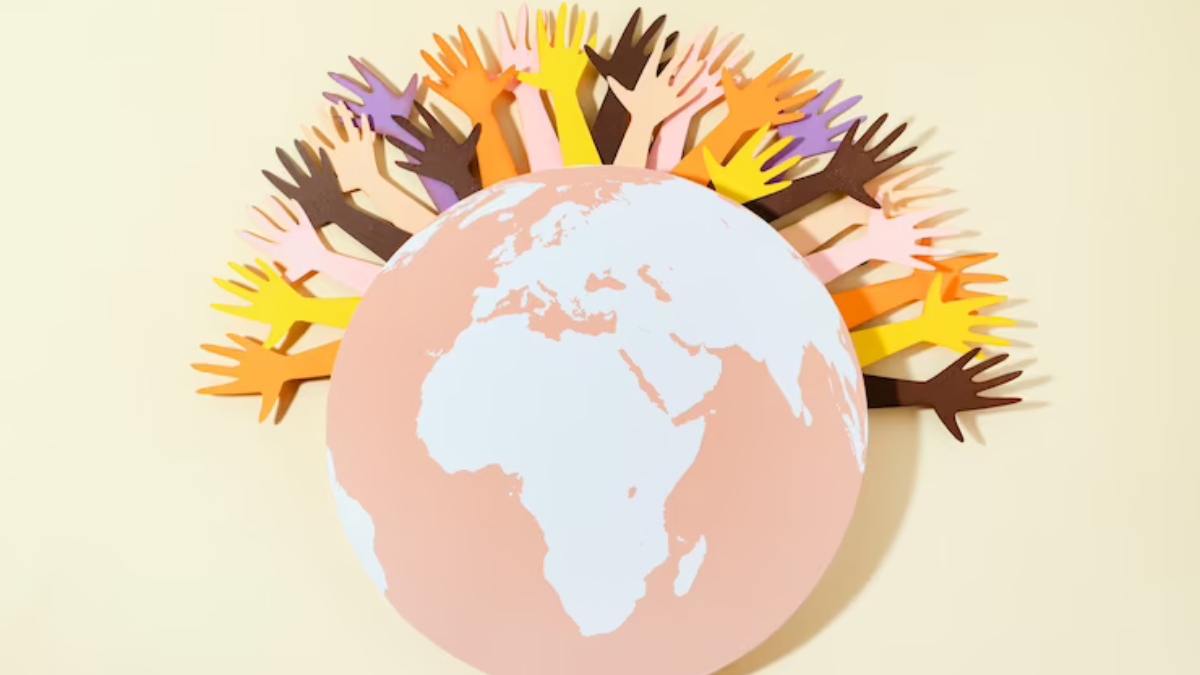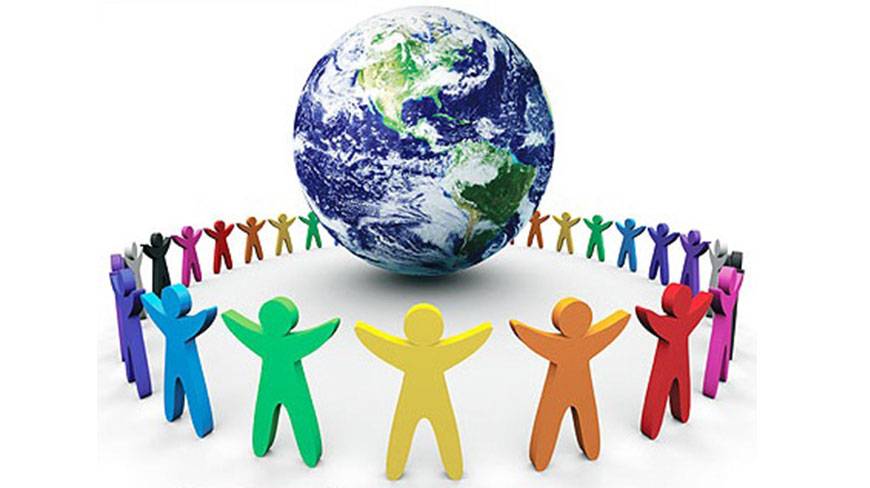World Population Day, observed on July 11th each year, serves as a reminder of the critical issues related to the global population. Established by the United Nations in 1989, this day aims to raise awareness about the implications of a growing population and the importance of sustainable development. The significance of World Population Day lies in its ability to highlight the complex interplay between population growth, resource allocation, and social and economic development. As we navigate the 21st century, understanding and addressing the challenges of population growth become increasingly crucial for ensuring a sustainable future.
- Blogs
- General Knowledge
- World Population Day Addressing Global Demographic Challenges 668f7727bdccdd0001d30bb3
World Population Day: Addressing Global Demographic Challenges
General Knowledge • 11 Jul, 2024 • 23,348 Views • ⭐ 1.0
Written by Shivani Chourasia

Current Global Population Trends

As of 2024, the global population stands at approximately 8 billion people, with significant variations in growth rates across different regions. While some countries experience rapid population growth, others face declining birth rates and ageing populations. According to the United Nations, the world population is projected to reach around 9.7 billion by 2050, with the majority of growth occurring in developing regions, particularly in Africa and Asia.
Demographic changes, such as increasing life expectancy and decreasing fertility rates, contribute to shifts in population dynamics. For instance, the global fertility rate has declined from an average of 5 children per woman in the 1950s to about 2.5 in 2020. This decline is attributed to factors such as improved access to education, healthcare, and family planning services.
GENERAL KNOWLEDGE QUIZ • 10 QUESTIONS • 2 MINS
We've got a General Knowledge quiz for you!
TAP TO PLAY

The trends also indicate a shift towards urbanization. By 2050, it is estimated that 68% of the world’s population will live in urban areas. This urban migration is driven by the search for better economic opportunities, healthcare, and living conditions. However, this rapid urbanization brings its own set of challenges, including overcrowded cities, inadequate infrastructure, and increased pollution.
Challenges of Population Growth

The rapid growth of the global population presents several challenges that require urgent attention. One of the most pressing issues is resource depletion. As the population increases, the demand for natural resources, such as water, food, and energy, escalates. This heightened demand strains ecosystems and can lead to environmental degradation. For instance, the over-extraction of water for agriculture and domestic use has led to the depletion of aquifers in many parts of the world, posing a severe risk to future water security.
Urbanization is another significant challenge. Over half of the world's population now resides in urban areas, leading to the expansion of cities and the creation of megacities. While urbanization can drive economic growth and innovation, it also poses challenges such as overcrowding, inadequate infrastructure, and increased pollution. The pressure on housing, transportation, and public services can lead to deteriorating living conditions and heightened social tensions.
Healthcare issues are closely linked to population growth. In many developing countries, the rapid increase in population strains healthcare systems, making it difficult to provide adequate services. This can result in higher mortality rates and lower quality of life. Moreover, high population densities can exacerbate the spread of infectious diseases, as seen in recent global health crises. Ensuring access to healthcare for all, especially in rapidly growing regions, remains a significant challenge.
Population Control Measures

To manage population growth effectively, various strategies and policies have been implemented globally. Family planning is a key component of population control measures. By providing access to contraception and reproductive health services, countries can help individuals make informed choices about family size. Effective family planning programs also include comprehensive sex education, which helps to reduce unintended pregnancies and promotes healthier family planning practices.
Education plays a crucial role in population management. Educating women and girls, in particular, has been shown to lead to lower fertility rates and improved health outcomes. Countries that invest in education often see slower population growth and more sustainable development. For instance, higher levels of female education correlate with delayed marriages and childbearing, as well as smaller family sizes. Educated women are also more likely to participate in the workforce, contributing to economic growth and development.
Government policies on population control vary widely. In some countries, incentives are provided for smaller families, while others implement stricter measures, such as China's former one-child policy. These policies aim to balance population growth with resource availability and economic stability. For example, in India, government initiatives like the National Population Policy aim to achieve population stabilization by promoting family planning, improving healthcare access, and increasing female literacy.
Success Stories

Several countries and regions have successfully managed their population growth through innovative and effective strategies. For example, Thailand's national family planning program, launched in the 1970s, significantly reduced the country's fertility rate. By providing widespread access to contraception and promoting smaller family norms, Thailand achieved remarkable progress in population management. The program's success is attributed to strong government support, effective use of mass media to promote family planning, and the involvement of community-based volunteers.
Another success story is Iran, which implemented a comprehensive family planning program in the 1980s. Through extensive education and healthcare services, Iran's fertility rate dropped from over 6 children per woman to around 2 within two decades. This transformation highlights the importance of government commitment and community involvement in achieving population goals. Iran's approach included widespread public education campaigns, free contraceptive services, and integration of family planning with primary healthcare services.
The Role of Technology and Innovation

Technological advancements play a pivotal role in population management and resource optimization. Innovations in healthcare, such as telemedicine and mobile health applications, improve access to services, especially in remote and underserved areas. These technologies can help address healthcare issues associated with population growth by providing timely medical advice, monitoring health conditions, and facilitating remote consultations.
Data analytics and artificial intelligence (AI) are increasingly used to monitor and predict population trends. By analyzing demographic data, policymakers can make informed decisions about resource allocation and development planning. For instance, AI-driven models can predict population growth patterns and identify areas where interventions are needed. These technologies enable more accurate forecasting and effective policy responses to demographic changes.
In agriculture, precision farming techniques enhance food production efficiency, addressing the challenge of feeding a growing population. These technologies optimize the use of resources such as water and fertilizers, leading to sustainable agricultural practices. Innovations like genetically modified crops, drip irrigation, and automated farming equipment contribute to increased agricultural productivity and reduced environmental impact.
Future Predictions

Future population projections indicate significant demographic shifts that will impact global resources and economies. According to the United Nations, by 2100, the population of Africa is expected to quadruple, while Europe and parts of Asia may experience population declines. These changes will necessitate adjustments in policies and resource management strategies. Governments will need to address the challenges of providing education, healthcare, and employment opportunities for growing populations in developing regions.
The ageing population is another critical factor to consider. As life expectancy increases, the proportion of elderly individuals will rise, posing challenges for healthcare systems and social security programs. Countries will need to develop strategies to support ageing populations while maintaining economic stability. This includes investing in healthcare infrastructure, promoting healthy ageing, and ensuring financial security for the elderly.
The potential impact of climate change on population dynamics cannot be overlooked. Rising sea levels, extreme weather events, and changing agricultural patterns will affect population distribution and migration. It is essential to integrate climate resilience into population and development planning. Strategies such as building resilient infrastructure, developing sustainable agricultural practices, and implementing disaster risk reduction measures will be crucial in adapting to the impacts of climate change.
Conclusion
World Population Day serves as a vital platform for reflecting on the complexities of global population dynamics and the need for sustainable growth strategies. Addressing the challenges of population growth requires a multifaceted approach, involving education, healthcare, technology, and policy innovation. By learning from successful case studies and leveraging technological advancements, we can navigate the demographic changes of the future.
Sustainable population growth is achievable through collaborative efforts at local, national, and international levels. It is imperative to recognize that population issues are interconnected with broader development goals, including poverty alleviation, gender equality, and environmental sustainability. As we commemorate World Population Day, let us reaffirm our commitment to creating a world where every individual can thrive in harmony with our planet's resources.
Test your General Knowledge! Visit:https://www.quizzop.com/general-knowledge-quiz/category
Rate this article
Other articles you may like
Chess Strategies: Think Like a Grandmaster
General Knowledge • 27 May, 2024 • 63,509 Views

Buddha Purnima 2024: Celebrating Buddha's Legacy
General Knowledge • 21 May, 2024 • 66,294 Views

The Evolution and Significance of Iconic Logos
General Knowledge • 15 May, 2024 • 69,351 Views

Celebrating Mother's Day: A Global Tribute
General Knowledge • 10 May, 2024 • 66,570 Views

Celebrating May Day: Unity and Rights
General Knowledge • 26 Apr, 2024 • 75,651 Views





